In February 2020, the Xiaomi Mi 10 series hit the high-end market for the first time, making a dream start, with sales exceeding 200 million in the first minute of its debut. In 2021, the Xiaomi 11 series will be released, seeking breakthroughs in craftsmanship and design aesthetics. In 2022, starting from the Mi 12 series, Xiaomi proposed “from performance leadership to experience priority”, officially defined high-end as the group’s strategy, and proposed to fully benchmark against Apple’s iPhone.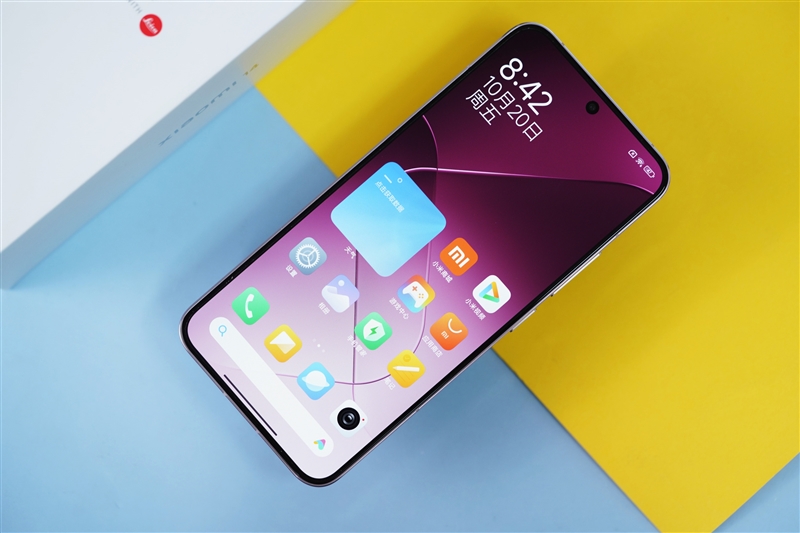
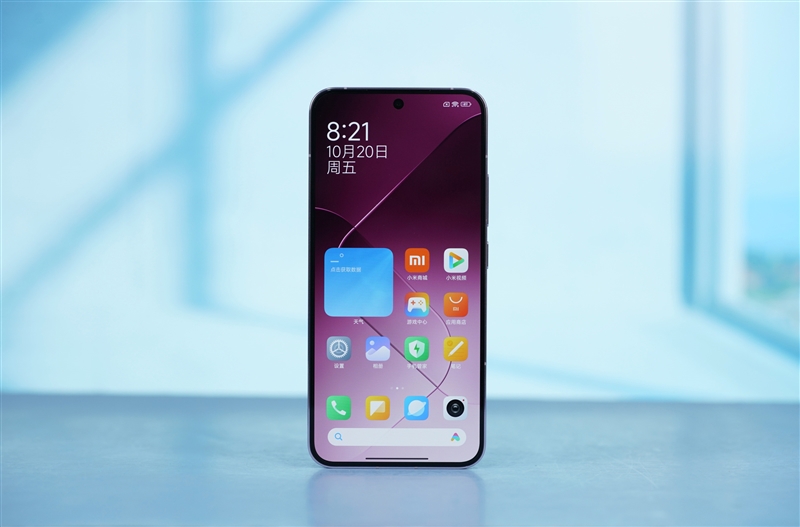
After three years of high-end exploration, Xiaomi has achieved the three most important things: no shortcomings in high-end products, from parameter leadership to experience priority, and deep integration of software and hardware. Under this concept, Xiaomi Mi 13, released at the end of last year, has become the “Thirteen Fragrances” in the mouths of rice fans and has also become a masterpiece of Xiaomi’s “from parameter leadership to experience priority”, gaining both reputation and sales.
The Xiaomi Mi 14 that I am going to review for you today is already the fifth generation product of Xiaomi’s high-end exploration. It must be said that it is the most interesting generation among these five generations of products!
First of all, the Xiaomi 14 is the first mobile phone to be equipped with Xiaomi’s new self-developed operating system HyperOS, which is of great significance.
From this moment on, Xiaomi HyperOS will gradually succeed MIUI.
To put it simply, MIUI is only based on mobile phones, and there is still a big threshold for ecological interconnection.
However, with the blessing of Xiaomi’s Surging OS, the barriers between hardware and devices have been completely broken, allowing all of its own ecosystems to achieve unified connection protocols and real-time communication so that each device can be connected together like a huge network, and finally build A smart world of “full ecology for people, cars, and homes” is also Xiaomi’s vision for the future.
Secondly, Xiaomi Mi 14 is also the first mobile phone with the most perfect Leica Summilux lens in the mobile imaging field as standard. It uses Leica VARIO-SUMMILUX1:1.6-2.2/14-75 ASPH., making mobile devices truly equipped with It has the ability to accurately capture the moment in all tenses and all scenes.
The new professional high-dynamic image sensor “Light and Shadow Hunter 900”, a new generation of optical system solutions, and all the photography experience of Xiaomi and Leica over the past three years will be reflected in this mobile phone.
Xiaomi Mi 14 also debuted the Snapdragon 8 Gen3. The CPU peak performance of the whole machine was increased by 30%, and the power consumption was reduced by 34%. The GPU peak performance was increased by 35%, and the power consumption was reduced by up to 38%. The excellent energy efficiency ratio makes it in the A17 Pro surpasses the iPhone 15 in performance.
In addition, as the only two mobile phone manufacturers in the industry (the other is Apple) that is still making flagship phones with large and small screens, Xiaomi has created the “narrowest four sides in the industry” and four new colors for Xiaomi Mi 14, one of which includes the technology nano Snow mountain powder exclusive to Pi.
Now, let’s take a look at the actual performance of the Xiaomi Mi 14.
Design and Build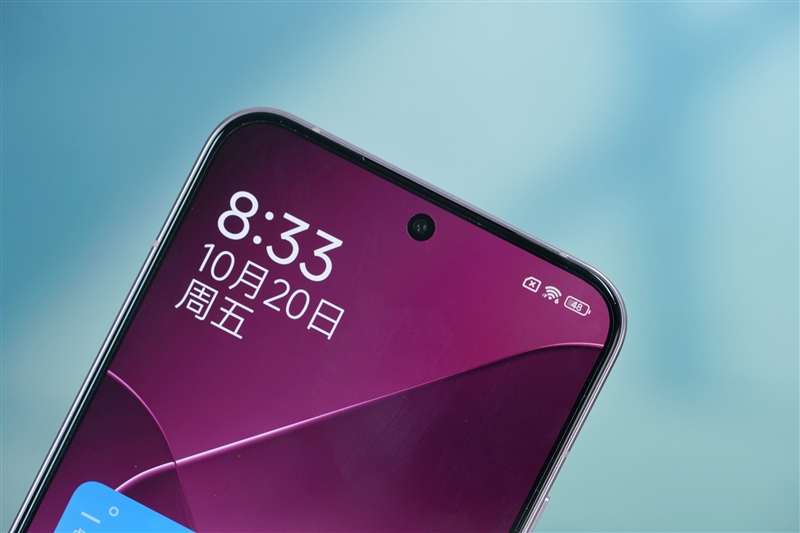
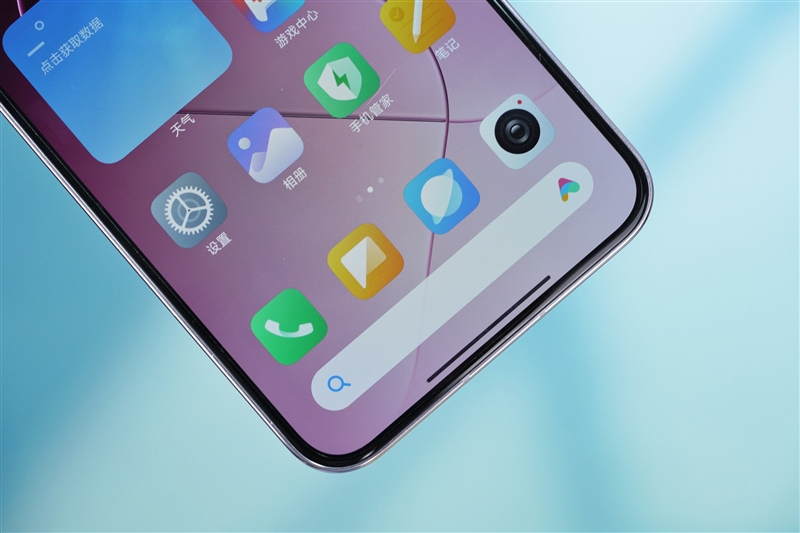
Xiaomi Mi 14 uses a 6.36-inch four-narrow-edge straight screen. The screen material uses C8 luminescent material jointly developed with Huaxing. The resolution is 2670×1200, PPI 460, and supports 1-120Hz LTPO infinitely variable refresh rate. Full DC dimming, the surface is covered with a layer of Corning Gorilla Glass Victus 2 glass. The size is 152.8×71.5×8.29mm. The technical nano leather version weighs about 188g, while the regular version weighs 193g.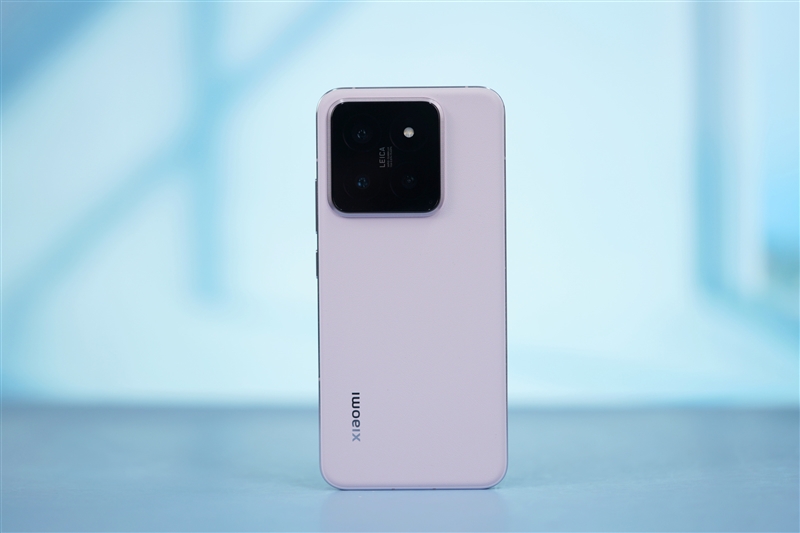
Xiaomi Mi 14 uses advanced FIAA screen wiring technology to integrate the panel Fanout wiring inside the display area, thereby creating an extremely narrow lower border, effectively increasing the screen-to-body ratio and making the four borders look equal in width.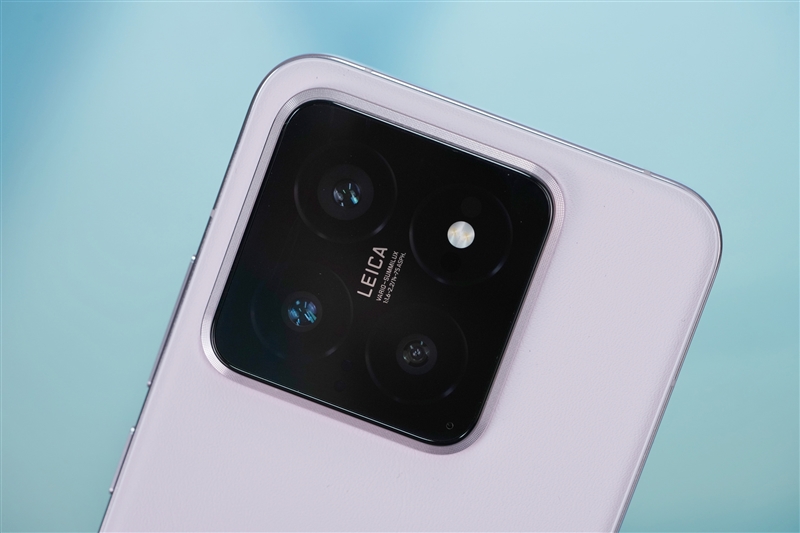
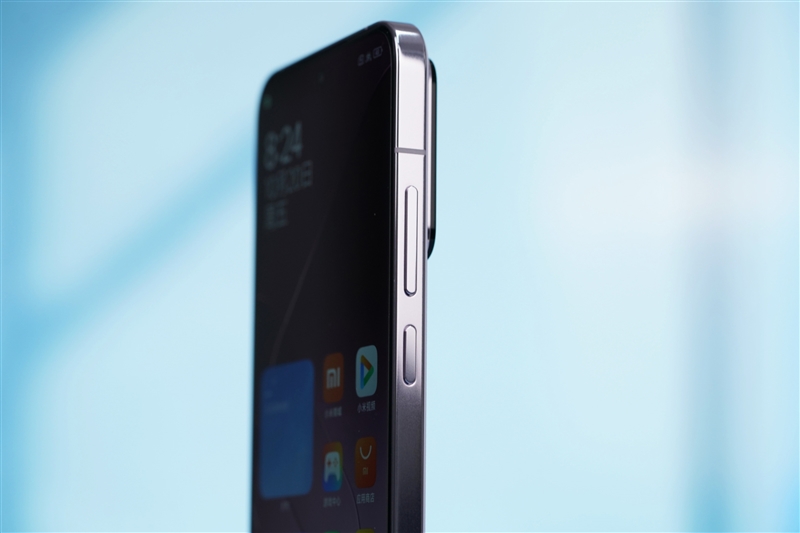
The four narrow-edge straight screen, combined with dual stereo speakers, can bring a more audio-visual experience when watching movies and playing games.
The Xiaomi Mi 14 we received is in Snow Mountain Pink color. What’s special about this color scheme is that it uses the same second-generation technological nano-leather material as the Xiaomi Mi 13 Ultra. It has far greater durability and anti-yellowing ability than traditional leather, and it also supports national The first-level antibacterial standard brings a soft and delicate touch.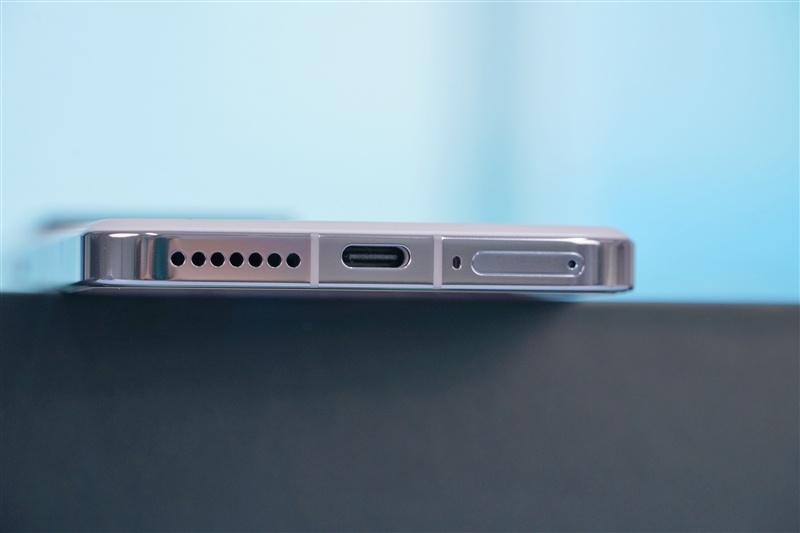
It is worth mentioning that the entire Xiaomi Mi 14 series supports IP68 dustproof and waterproof, including this standard version. Although it adopts a straight-edge design, the edges are over-processed and the grip feels quite good.
The design language of the rear camera has changed slightly from that of the previous generation. The rear camera adopts an isometric layout, the white part is the flash, and the Deco edge of the camera uses a Paris stud texture design, which is integrated with the technical nano-leather body.
Xiaomi Mi 14 is equipped with LEICA VARIO-SUMMILUX 1:1.6-2.2/14-75 ASPH Leica imaging optical system, which consists of main camera + ultra-wide angle + telephoto. All three lenses can achieve a maximum of 50 Megapixels.
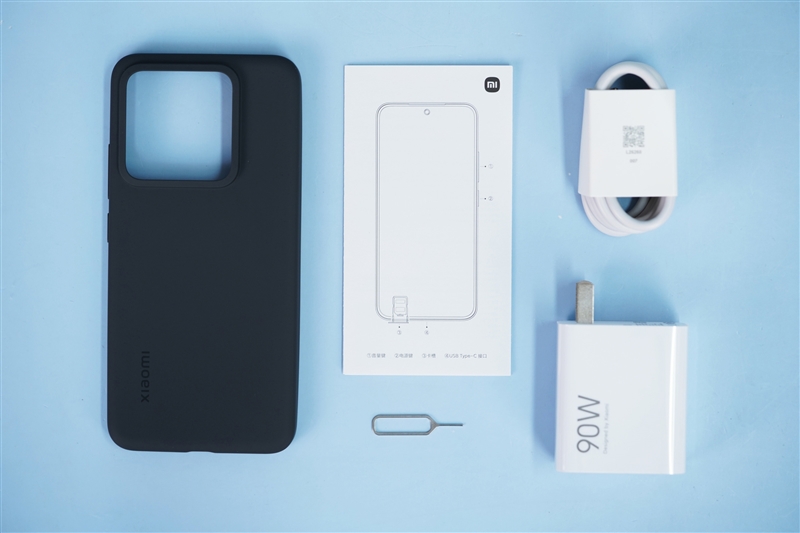
The volume buttons and power button of Xiaomi Mi 14 are concentrated on the right side. At the bottom are the noise reduction microphone, SIM card slot, and USB-C opening.
Xiaomi Mi 14 also uses a 4-microphone array, located on the top, bottom, and back, which can greatly improve the sound quality during video shooting. The package comes with instructions, phone case, card pin, charging cable and charger. The maximum output power of the charger is 90W, which can fast charge Xiaomi Mi 14.
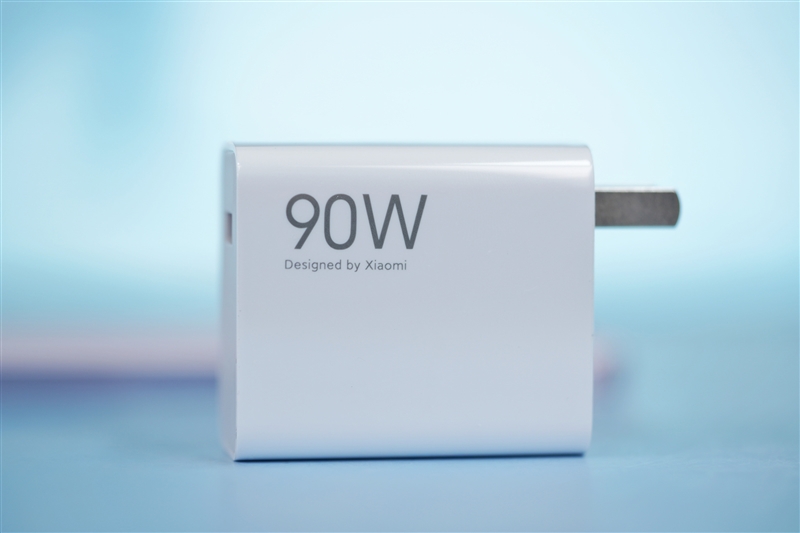
Cameras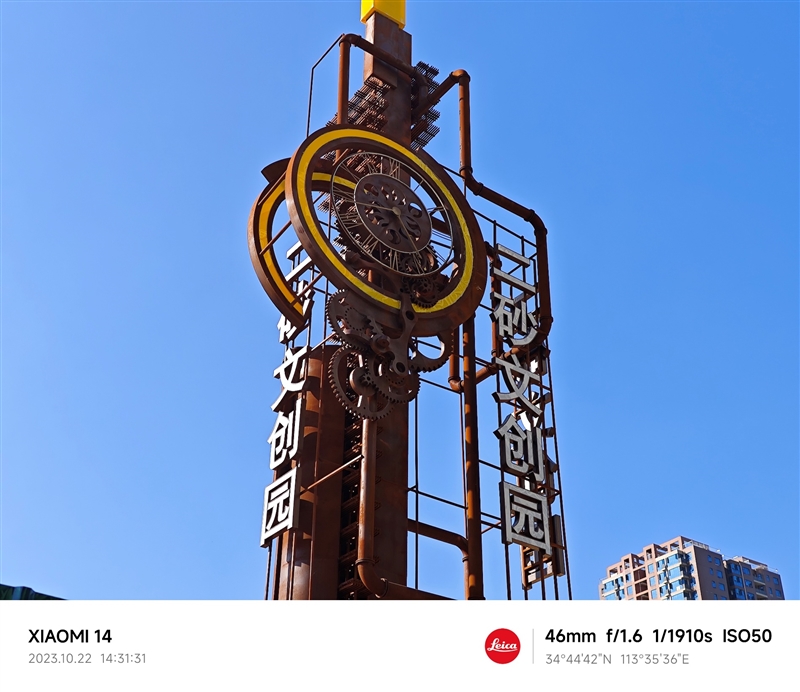
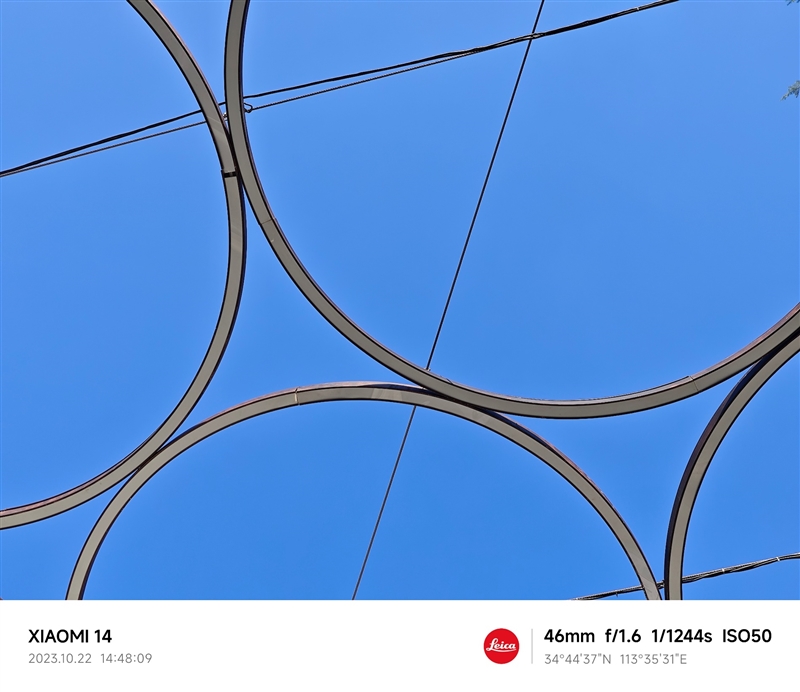
Xiaomi Mi 14 is equipped with LEICA VARIO-SUMMILUX 1:1.6-2.2/14-75 ASPH Leica imaging optical system, which consists of main camera + ultra-wide angle + telephoto. All three lenses can achieve a maximum of 50 million pixels.
The main camera uses Xiaomi’s new “Light Hunter 900” sensor, which has a 1/1.31-inch photosensitive unit, 23mm focal length, and f/1.6 aperture. It takes in 20% more light than the iPhone 15 Pro and supports four-pixel synthesis. 1. It can achieve 1.2/2.4μm large pixel fusion.
This main camera also has a dynamic range of 13.57EV, which is 8 times higher than the one-inch IMX989. Coupled with a 14-bit color depth, the mobile phone can also have light and shadow details and high dynamic range comparable to the camera.
The telephoto lens has a 75mm equivalent focal length and an f/2.0 aperture. It has an effective pixel count of 32MP in photo and video modes. It can output a maximum of 50 Megapixels in portrait mode and supports 10cm super close-ups.
The ultra-wide-angle lens has a 14mm equivalent focal length and an f/2.2 aperture.
Main Photographer
The image effects brought by the Light Hunter 900 sensor are amazing enough. Although the size is only 1/1.31 inches, the overall performance is not inferior. With the blessing of a large aperture of f/1.6, the Xiaomi Mi 14 can easily produce pictures in different light scenes.
The overall sample is relatively clean, which not only brings excellent texture, but also makes it easier for you to capture rich resolution and light and shadow details.
Telephoto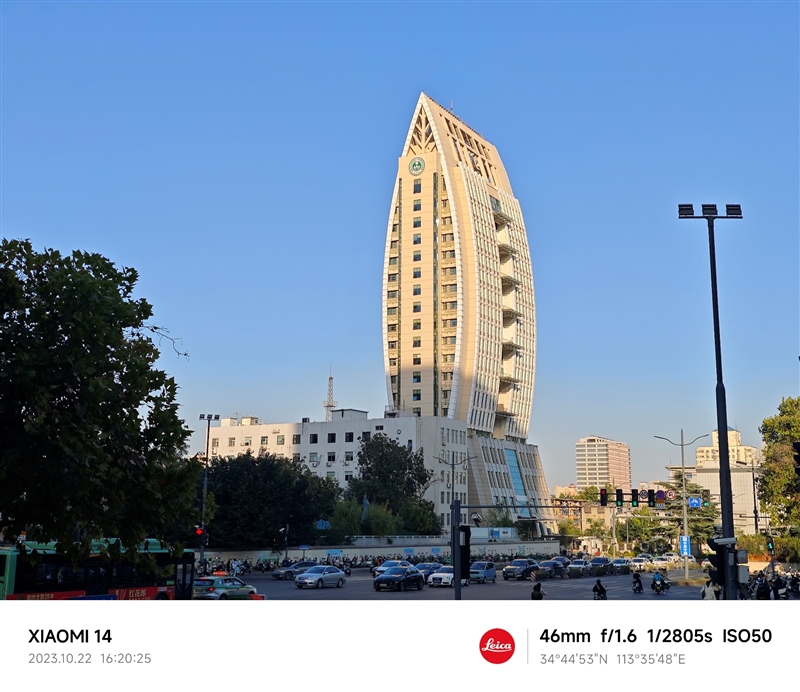
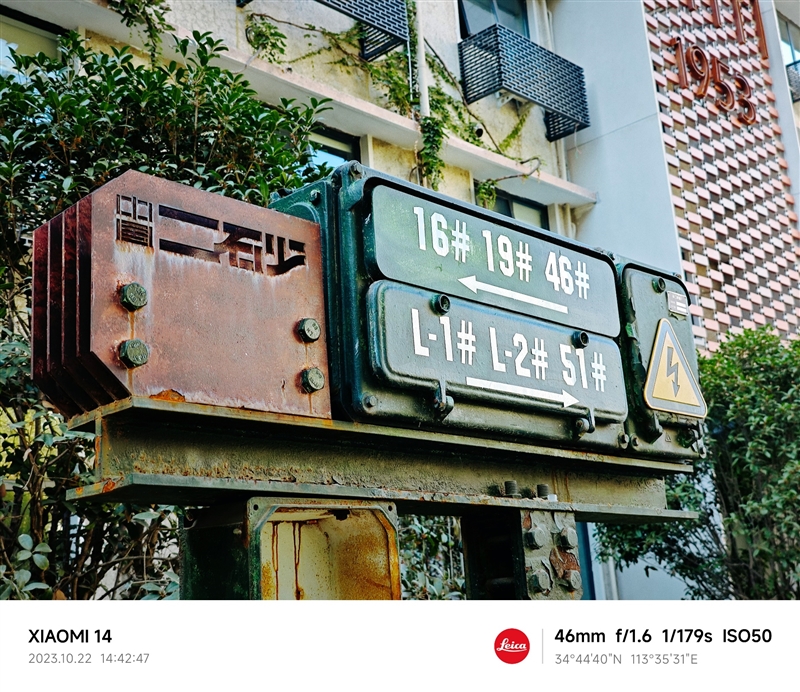
The 75mm telephoto lens is also an excellent focal length for shooting scenery. This lens can bring a unique perspective, ensure a certain sense of compression while ensuring the viewing range, highlight the photographed object, and bring a stronger sense of presence. This is also It is an essential focal length for taking landscape photos and sweeping streets.
Faced with complex light environments and the adjustment of Leica optics, the film yield is still quite high. With post-production color correction, the gameplay is even more enriched.
Moreover, because the floating telephoto can theoretically achieve a large focusing range from 10cm to infinity, it also has the ability to shoot super close-ups.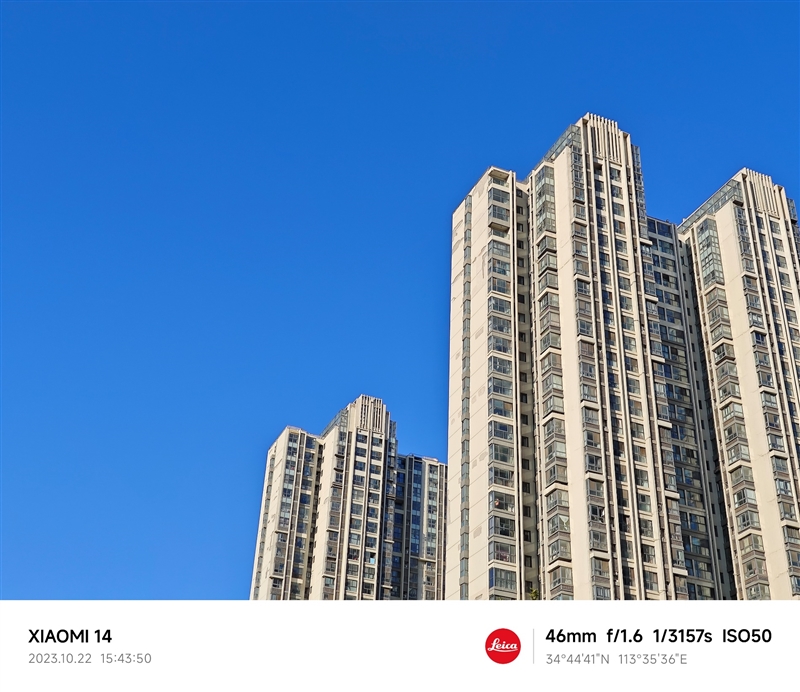
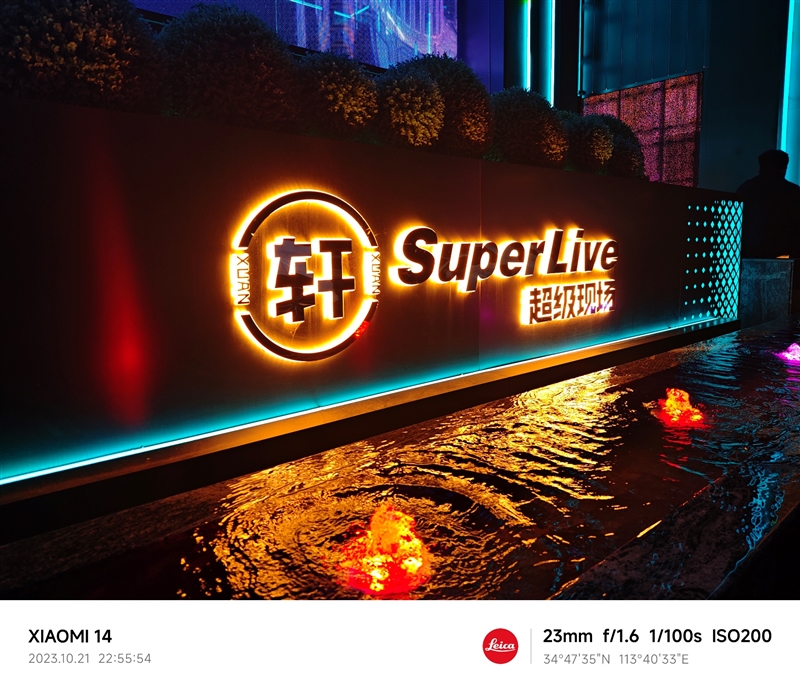
With only 10cm, you can take excellent macro proofs. There is no doubt about the imaging effect. The blur effect is very natural and there is no accidental damage to the edges of the subject, which is comparable to a SLR.
Super wide angle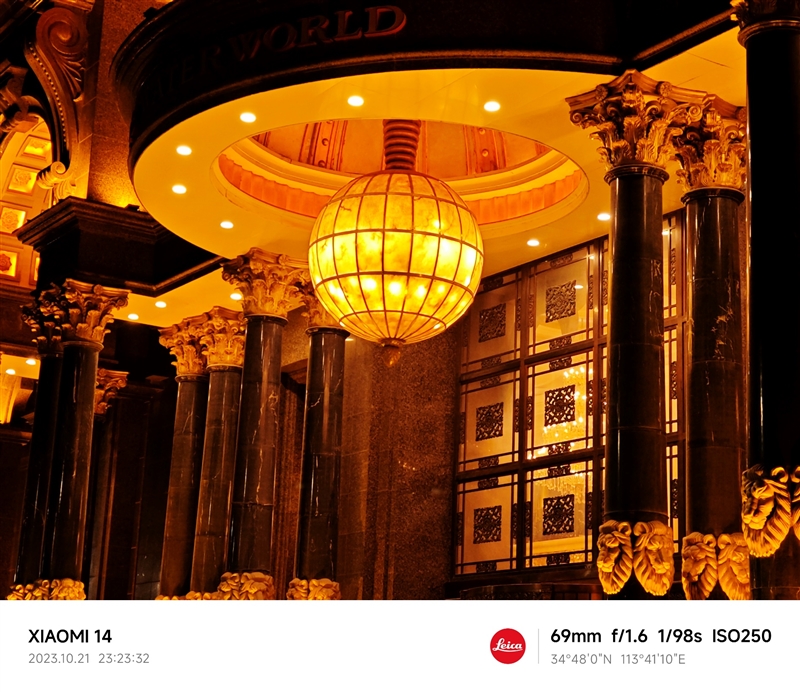
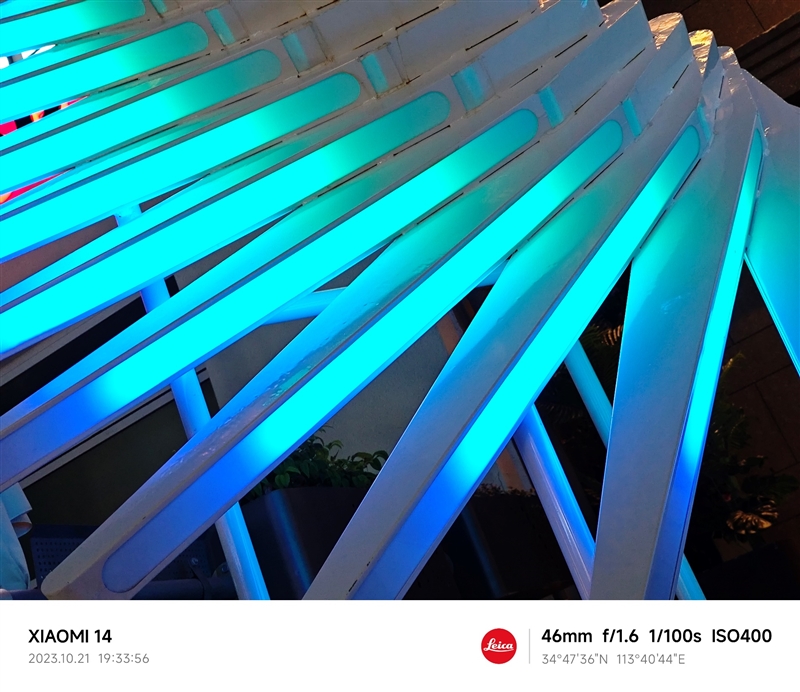
If you want to take pictures of magnificent buildings or group photos, the ultra-wide angle can also satisfy you.
As can be seen from the above sample, whether it is latitude or imaging effect, even compared to the one-inch CMOS of the previous generation, the dynamic range, color performance, contrast, and resolution are all excellent, whether it is day or night. It’s easy to control, and every sample you take is stunning.
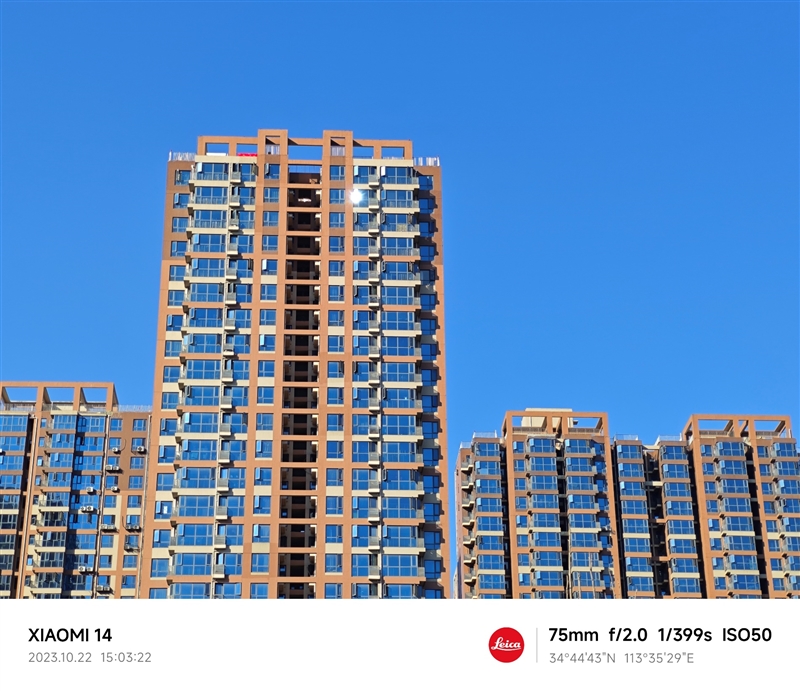
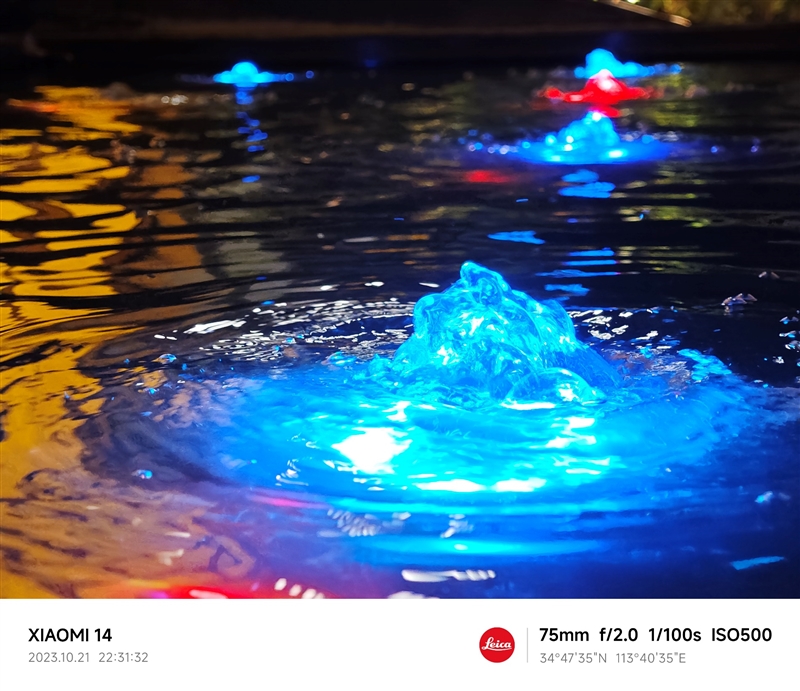

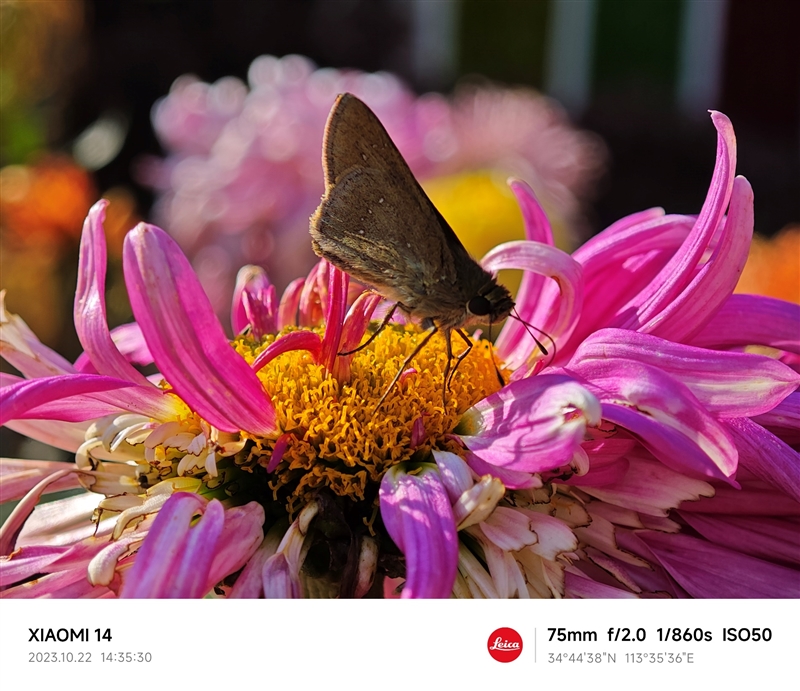
In addition to Leica optical tuning and Light Hunter 900 sensor blessing, part of the reason is actually that Xiaomi Mi 14 uses multi-layer ALD ultra-low anti-reflective nano-coating, lens edge coating, and IRCF spin-coating process filters, thereby optically reducing the To solve the problem of ghosting and glare, you must know that the latest iPhone 15 Pro series has only partially solved it.
Performance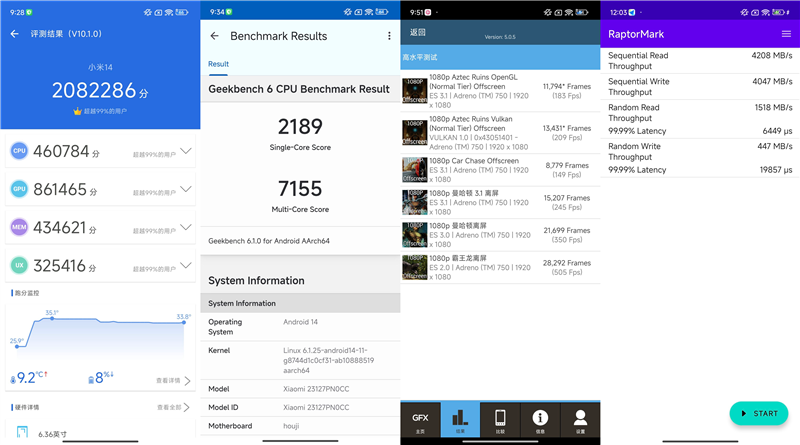
In terms of core hardware, Xiaomi firstadopted the third-generation Snapdragon 8, upgraded to the N4P process technology, and fully used the 64-bit instruction set. The core specifications of the GPU increased by 20%, and it also supports hardware light tracing and Mesh Shading.
The third-generation Snapdragon 8 processor adopts a “1+3+2+2” four-cluster eight-core architecture design, which consists of one 3.3GHz Cortex-X4 core and three 3.15GHz Cortex-A720 The core consists of two Cortex-A720 cores at 2.96Hz and two Cortex-A520 cores at 2.27GHz.
The GPU is a new generation of Adreno 750 GPU. The core size is increased by 20% compared with the previous generation, the theoretical peak performance is increased by 35%, the power consumption is reduced by 43%, and it also supports hardware light tracing and Mesh Shading. Theoretically, it is not a problem for Xiaomi Mi 14’s graphics performance to surpass that of the A17 Pro processor.
In terms of heat dissipation specifications, the Xiaomi Mi 14 is equipped with a Xiaomi ring-shaped cold pump, which uses a unique multi-layer water control one-way interface and vapor-liquid separation. This next-generation heat dissipation capability can dissipate heat for chips and CMOS, ensuring stable game performance. Release, when recording 4K 60FPS video, there will be no problem of image quality degradation due to overheating.
In terms of storage, it also supports Ultra Space, FBO refresh storage and other features to avoid performance degradation after long-term use of the phone, allowing the phone to maintain a smooth operating experience at any time.
Let’s take a look at the theoretical performance and actual gaming performance of Xiaomi Mi 14.
Performance Testing
Using AnTuTu to run the test, it actually achieved a high score of 2.08 million, which is at least 25% better than the second-generation Snapdragon 8 model.
GeekBench 6, a one-way CPU test, achieved a single-core score of 2189 and a multi-core score of 7155, which were 48.5% and 37.2% higher than the previous generation respectively.
The most noteworthy thing about the GFXBench one-way GPU test is that the 1080P Tyrannosaurus Rex off-screen gave a score of 505 FPS. This result is a full 12% higher than the 453.8 FPS score of the iPhone 15 Pro!
Since the third-generation Snapdragon 8 has canceled the 32-bit instruction set, AndroBench can no longer be installed. We changed the tool and used RaptorMark to test UFS 4.0, and found that the sequential read and write results exceeded 4GB/s, and the 4K random write continued respectively. It is 1.5GB/s, 447MB/s.
Of course, running scores are only the minimum guarantee of performance, so let’s take a look at the actual performance by playing the game.
Game Testing
We use “Genshin Impact” as the game to check the frame rate, power consumption, and other performance of Xiaomi Mi 14 games.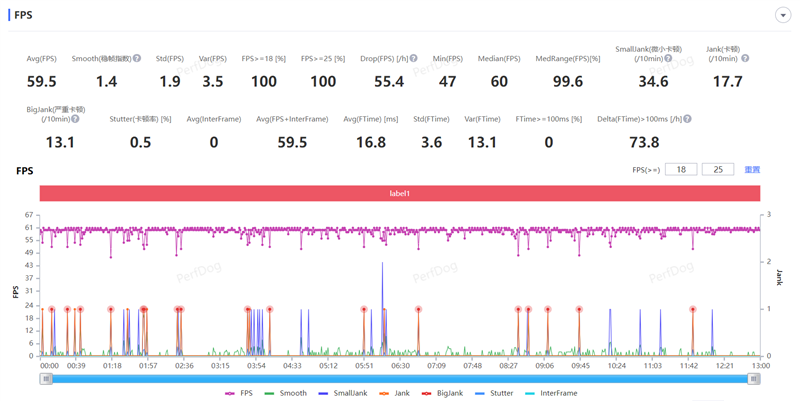
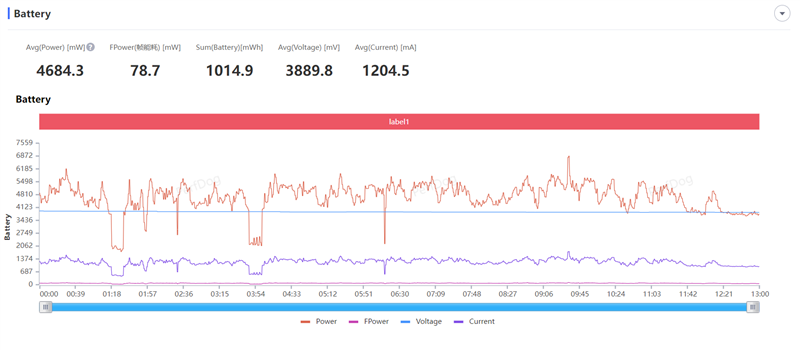
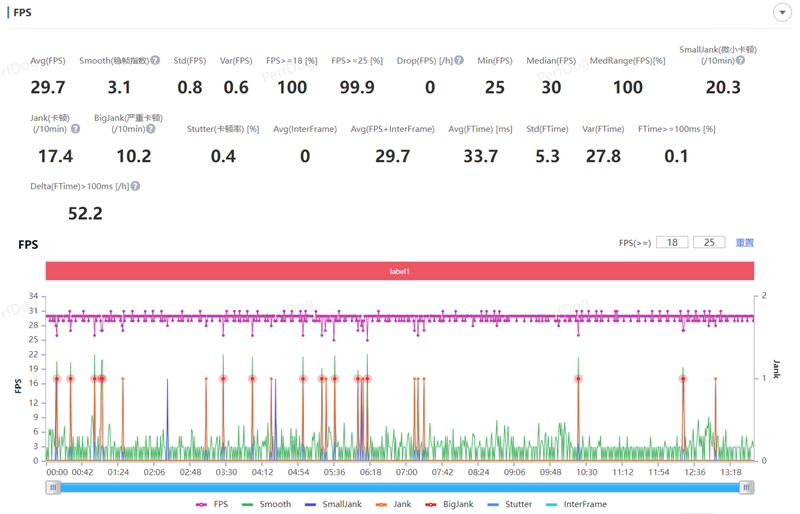
In the hardware killer “Genshin Impact”, we changed the image quality to extremely high, and based on this, changed the frame rate to 60 frames. During the game, we will use the skills of the characters Yelan and Zaoyou to move quickly in the main city of Fontaine and conduct random running tests.
After 10 minutes of testing, the game curve was very smooth, and there were no problems such as frame drops or frame drops during the entire process. During this period, the GPU occupied only 70.3%, and the pressure was not great. The average frame rate is 59.5 FPS, which is already at full frame level.
During this period, the average power consumption of the game was 4.7W, and the frame energy consumption was 78.7mW, which is still very good. After 10 minutes of gaming, the maximum temperature of the chip area on the back of Xiaomi Mi 14 reached 44.2°C, and the holding area at the bottom was 39.7°C.
However, thanks to the Xiaomi ring-shaped cold pump + technological nano-skin body, it only feels slightly warm in the hand, which does not have a big impact on the gaming experience and does not reach the point where it is impossible to hold.
Thanks to the enhanced GPU performance of the third-generation Snapdragon 8, Xiaomi Mi 14 also brings native 2K rendering, which can unlock higher rendering resolutions for games such as “Genshin Impact” and does not require AI super-resolution. Native point-to-point rendering.
The opening method is in the mobile phone manager -> Game acceleration -> “Genshin Impact” -> enter the GPU settings at the bottom of the mode -> switch to high-performance mode. The picture on the left is high-quality mode and the picture on the right is standard mode.
It can be seen that after turning on the high-quality mode because the original high-definition materials in the game engine are used, not only the edges of the objects but also the overall picture look and feel are clearer.
Moreover, the benefits of doing so are better than that of AI super-resolution solutions. There will be no traces of image quality reconstruction algorithms such as sharpening, flickering, and jitter that are common in traditional AI super-resolution algorithms.
Next, we will test the game performance of “Genshin Impact” again in high-quality mode.
Under the same image quality, but because the high-quality mode is turned on, the frame rate limit of the image has a higher priority than the game settings, and the frame rate is locked to 30 frames. After 10 minutes of testing, the average frame rate was 29.7; during this period, the GPU usage was not much different, at 68.3%.
Although it is point-to-point rendering since the number of game frames is only 30, the average power consumption of the game is even lower, only 3.5W, the frame energy consumption is 118mW, and the energy efficiency ratio is even better. After 10 minutes, the maximum temperature of the chip area on the back of Xiaomi Mi 14 reached 39.8°C, and the holding area at the bottom was 28.4°C. It still feels very cool to the touch.
If you want to enable 60 frames, you can also enable all options in the advanced settings of this interface. However, this may increase the pressure on the GPU and cause obvious heating. Players can turn it on as needed.
Battery
Charging test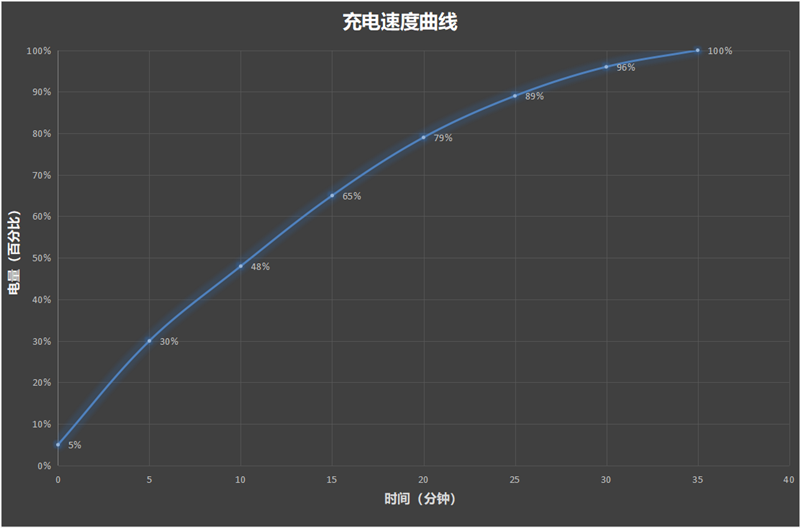
Xiaomi Mi 13 has a built-in 4610mAh high-density battery, which supports 90W Xiaomi HyperOS wired second charging and 50W Xiaomi HyperOS wireless second charging. The built-in chip is equipped with the Xiaomi 14 Pengpai P2 fast charging chip and the Pengpai G1 battery management chip to form a dual-core power system. The combination of the two gives Xiaomi 13 Ultra the ability to monitor battery health in real-time and optimize the discharge and charging strategies. , to maintain the health of the battery.
In addition, HyperOS G1 can also learn user usage patterns to dynamically adjust prediction values to provide users with more accurate usage time estimates. We tested the charging speed of the Xiaomi Mi 14 and found that it charged to approximately 50% in 10 minutes and to approximately 80% in 20 minutes. It takes a total of 35 minutes to charge from 5% to full health.
Endurance test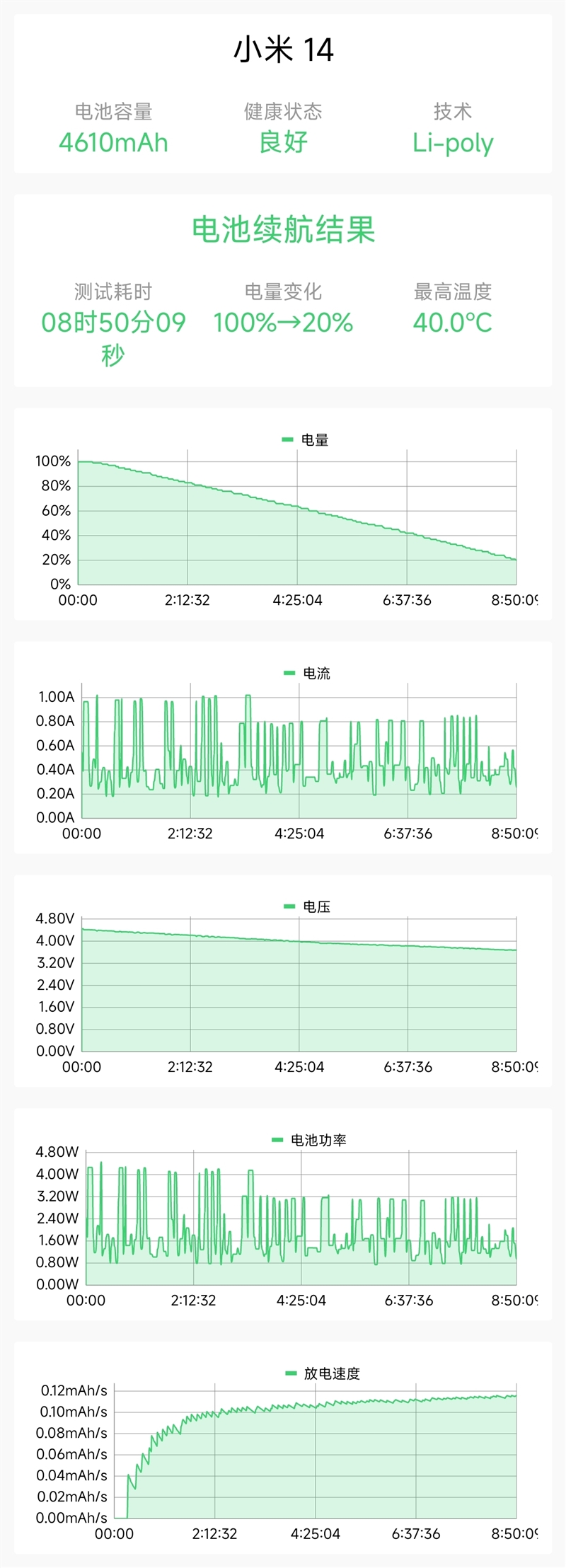
For the battery life, we use the professional battery life testing tool – Battery Dog produced by Kuai Technology for testing.
For the test items, we chose the extreme battery life test and checked all test items including CPU high voltage, CPU multi-threading, AI recognition, picture browsing, video playback, and web browsing to simulate user usage scenarios and restore the real load to the greatest extent. Infinitely close to the real power consumption situation. We set the manual brightness to 50% and the refresh rate to the default smart refresh. When measured from 100% battery to 20%, Hardware Dog gave a battery life result of 8 hours and 50 minutes.
In other words, the total battery life of the Xiaomi Mi 14 is about 10 hours. According to the usage of ordinary users, it can fully meet the intermittent use time throughout the day.
Read Also: Xiaomi 14 vs Xiaomi 14 Pro: A Comprehensive Comparison
Verdict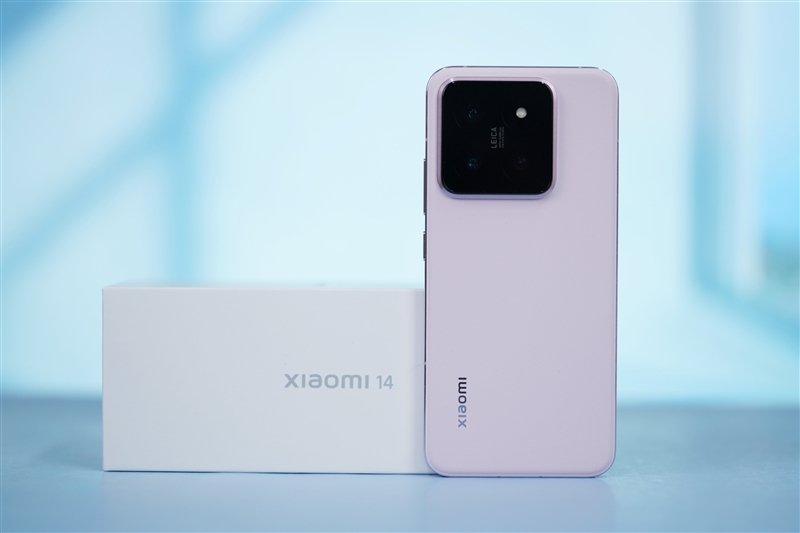
Three years ago, Xiaomi encountered the most intense controversy in history regarding whether to make high-end mobile phones: 1. It is too difficult to make high-end phones, can it not do it? 2. Can it be made high-end using the Xiaomi brand?
These two issues were not only suspected by the outside world at the time, but also had different opinions within Xiaomi.
Finally, under Lei Jun’s persuasion, Xiaomi reached a consensus – high-end is the only way for Xiaomi’s development, and it is a battle of life and death! There can be no wavering and we must fight to the end. No matter how difficult it is, we must stick to the Xiaomi brand for high-end products.
The process of hitting the high-end is undoubtedly painful. From the beginning of exploration with Xiaomi Mi 10 Ultra, to the Xiaomi Mi 12 series, Leica optics and one-inch CMOS, Xiaomi took this opportunity to pursue the victory and launched the “Thirteen Fragrances” Mi 13 series with explosive reputation. Xiaomi has finally tasted the “fruit of victory” after years of hard work.
This is actually just the beginning of Xiaomi’s high-end journey. We can also see many “clues” from this Xiaomi Mi 14: Xiaomi’s Surging OS, which is self-developed for the Internet of Everything, a new brand of the Light and Shadow Hunter family that focuses on imaging, The C8 luminescent material jointly developed with Huaxing for cross-ecological same-color display, the natural touch engine jointly developed with Tsinghua University, etc., all of which demonstrate Xiaomi’s exploration of the future.
In the imaging experience of Xiaomi Mi 14, it is precisely thanks to the blessing of Leica optical tuning and the Light and Shadow Hunter 900 sensor that the performance is not inferior to that of the previous generation, allowing the mobile phone to have light and shadow details and high dynamic range comparable to the camera, and you can take a photo with ease. You bring quality photos.
The overall strength of the third-generation Snapdragon 8 has improved significantly. The average frame rate in “Genshin Impact” easily reached 59.5 FPS, and the power consumption was only 4.7W. The improvement in energy efficiency ratio is really excellent, and it indeed surpasses the A17 Pro.
The improvement of GPU makes it easy for Xiaomi Mi 14 to achieve native 2K rendering. It can achieve native point-to-point image rendering without AI super-resolution, thus breaking through the limitation of native 720P and allowing mobile phones to experience the same picture quality experience as PC.
Coupled with the Xiaomi ring-shaped cold pump, the stability of the imaging capabilities has also been improved. Even if 4K 60FPS video is recorded for a long time, the image quality will not be degraded due to overheating.
You must know that in the past, Apple was the only company that recorded videos for a long time without losing image quality. In this way, users can have more freedom in choosing devices and no longer have to worry about being coerced by Apple’s ecosystem.
These are the technical reserves and experience Xiaomi has accumulated in the past few years when it hits the high-end. It has made Xiaomi’s tuning of high-end models more and more mature. Now, the Xiaomi Mi 14 standard version can also be enjoyed by the public with its compact size. Get the same experience as the Pro level.
After experiencing the “pain” of impacting high-end products, Xiaomi is now constantly seeking breakthroughs in technology, which will determine Xiaomi’s survival and development in the next 10 years. It has greater space and a promising future.

.jpg)







